Rip Curl rides new wave with $350m sale
Rip Curl’s founders say selling the surfwear brand they started 50 years ago for $350 million is an “emotional event”.
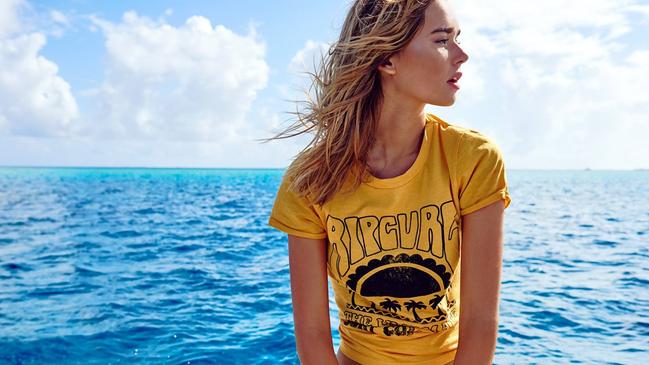
Two surfing mates bumped into each other on a street in the Victorian seaside town of Torquay 50 years ago and chatted about making surfboards — half a century later, that idea, which became Rip Curl, has been sold for $350m.
The historic deal sees the combination of the popular Australian company with Kathmandu, founded in New Zealand, in a bid to create a $1bn Australasian-based surfing and outdoor adventure lifestyle company.
The joining of the two companies marries two very different sporting cultures — the laid-back surfers with their love of the ocean and outdoor enthusiasts with their love of camping and climbing.
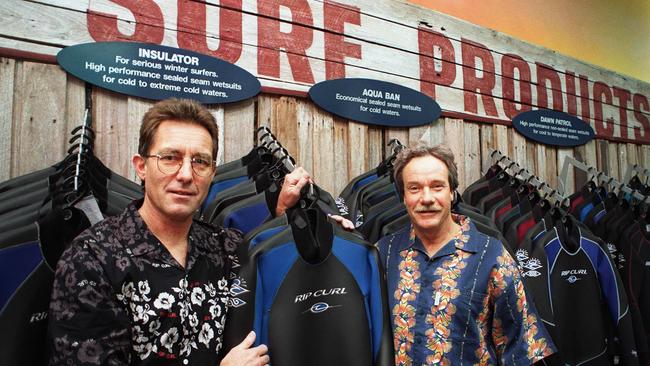
“We are excited about the opportunity to partner with another iconic Australasian brand that shares our vision of creating high-quality functional products for outdoor and action enthusiasts,” said Rip Curl chief executive Michael Daly, who keeps the role.
Doug “Claw” Warbrick and Brian “Sing Ding” Singer, who started Rip Curl in 1969, said the sale was an “emotional event” for them. “Surfing and the surf industry has been an integral part of our lives for more than 50 years,” said the Rip Curl founders, who own 90 per cent of the company.
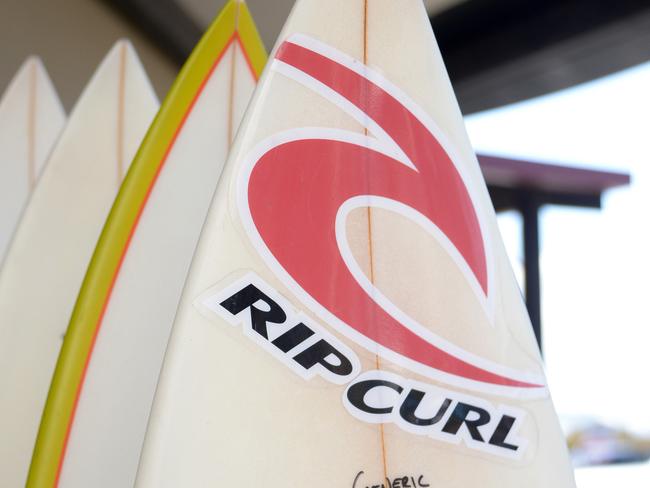
“We realise Rip Curl, our baby, has grown into an adult recognised all over the planet and we are proud that we have created one of the world’s great brands.”
The pair, now in their 70s, will retain an equity interest in the new combined company.
Kathmandu has its own interesting history, founded by mountaineer Jan Cameron in New Zealand in 1987. It grew to become a target of a consortium of private equity funds, who bought it in 2006 and then listed it on the Australian market three years later.
Rip Curl, which is still headquartered in Torquay, celebrates its 50th anniversary this year, a milestone the founders couldn’t foresee when they started making surfboards in Singer’s garage.
The first boards were produced in April 1969, with four boards a week made for the best surfers in Torquay at the time.
In December 1969, they also started making wetsuits, which went on to become regarded as the most preferred brand among surfers.
In 1973, the company was behind surfing becoming a professional sport in Australia, via the Rip Curl Pro at Bells Beach.
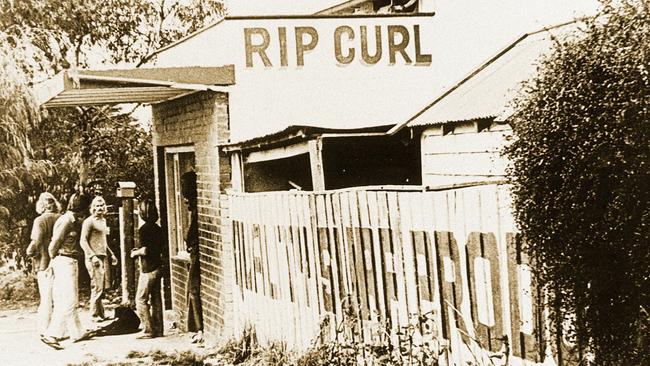
The company then established its first offshore corporate licensee in 1981 in southern California. Today, corporate licensees make and sell Rip Curl products in the US, France, South Africa, Japan, Indonesia, Brazil, Argentina, Peru and Chile.
“We wish to acknowledge the role that Rip Curl’s founders have played in building the iconic status of the Rip Curl brand internationally as well as its unique cultural identity,” Kathmandu chief executive Xavier Simonet said.
“We are pleased the founders and CEO wish to remain invested in the ongoing success of Rip Curl under Kathmandu ownership.”
A sale of Rip Curl has been mooted for years and it was once thought the owners wanted a price tag of about $400m.
Under the new Kathmandu Group, each brand will retain operational ownership of its respective businesses. The combined group would have a footprint of 341 company-owned retail stores, 254 licensed stores and more than 7300 wholesale doorways globally.
Mr Simonet said Rip Curl would transform Kathmandu into a highly complementary, seasonally balanced, global outdoor and action sports business.
“The combination will support the acceleration of our brands’ global expansion into new channels and markets,” he said.
Mr Daly added that there were strong parallels with Rip Curl and Kathmandu. “Both companies thrive on creating high-quality, functional products for outdoor enthusiasts, surfers and beachgoers around the world,” he said.
“Bringing them together will build on our respective strengths across product, marketing and distribution channels.”
Mr Simonet said the deal was a fantastic opportunity for Kathmandu to grow and diversify.



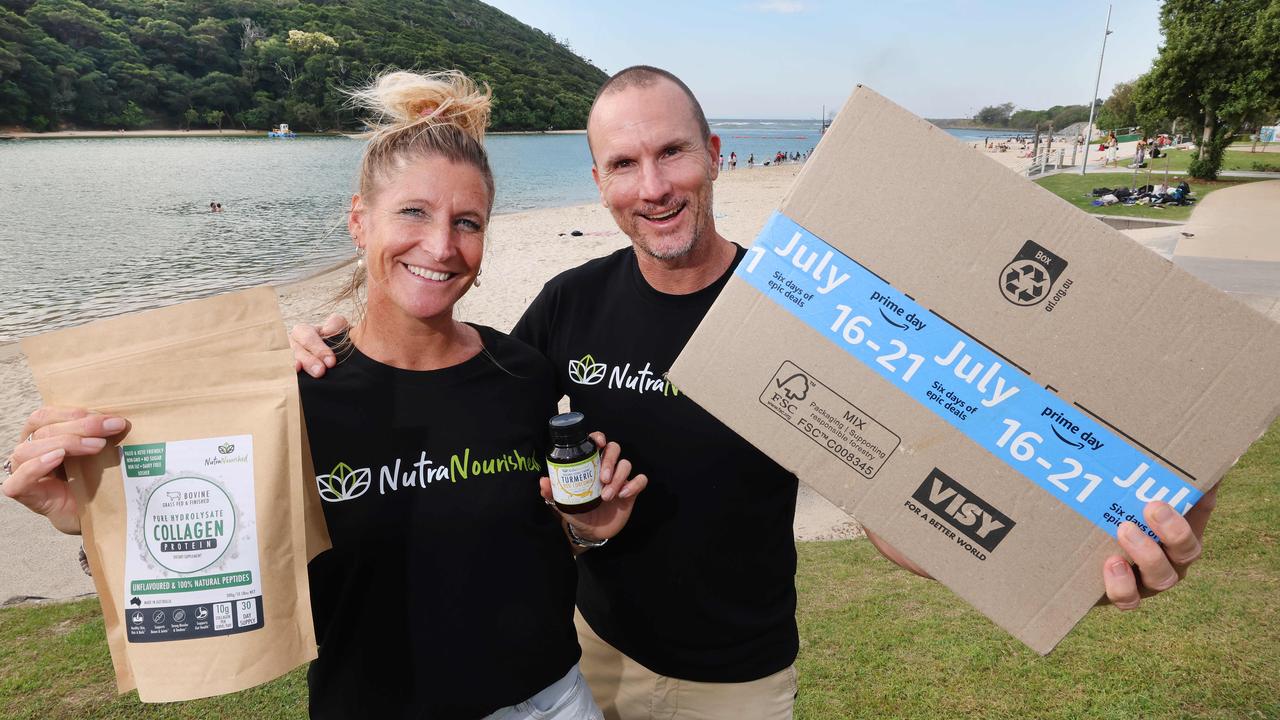
To join the conversation, please log in. Don't have an account? Register
Join the conversation, you are commenting as Logout